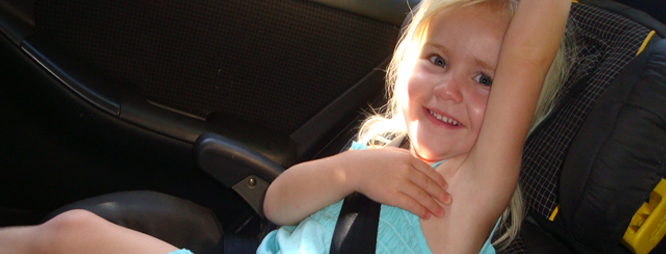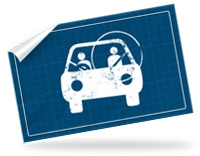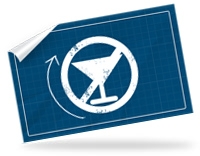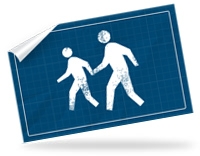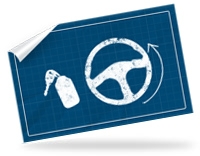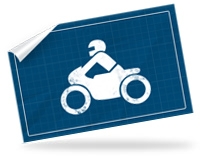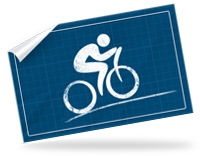Research and Statistics:
- The national statistics in terms of restraints, particularly for children, observed that in 2010, 92% of back-seat passengers (including children) are not wearing seat-belts.
- In 2011, the Red Cross Children’s Hospital admitted a total of 1 011 children into their trauma unit involved in motor vehicle crashes. 189 were passengers (majority being pedestrians). Of those, only 34 (18%) were restrained.
- Studies reveal that 250 children are killed on the road each year because they were not strapped in.(Medical Research Council 2009: National Mortality Information Surveillance System 2008).
- Child car safety seats reduce the risk of death in passenger cars by 71% in the case of infants and 54% with respect to toddlers.
Child Passenger Safety:
Securing your child properly reduces the risk of death and injury. Be responsible, buckle up your children.
Practice the following safety tips on every trip:
-
Always buckle up your children, even for a short trip.
-
Use a properly installed child safety or booster seat.
-
Select a car seat based on your child’s age and size.
-
Do not travel with a child on your lap.
-
Sharing a seat belt with a child is dangerous.
-
Infants or young children should never be left unattended in a car.
-
Children using seat belts should sit back against the vehicle seat with knees bending comfortably over the seat edge.
Read more on Passenger Safety.
How to Choose the Correct Car Seat:
Car seats are designed to match a child’s height and weight.
When you buy a car seat, consider the following:
- The size and weight of your child.
- If the restraint will fit in your car.
- Ensure that the car seat has the SABS stamp of approval.
Types of Car Seats:
- Infant Seats:
Made for babies up to 10 kg. The seats are installed in the backseat, facing the rear of the car. Babies younger than a year should remain in rear-facing seats. Infant-only seats often double as carriers and rockers, thus they are very convenient.
- Convertible Seats:
Made for children from birth to 19 kg. They can be placed in the backseat in a rear-facing position until the child is a year old and then rotated to face forward. It is important to note that it is always best to have children sit in the rear-facing position until they reach the weight allowed by the seat itself, for use in the front-facing position.
Convertible seats have two different belt paths, one for use when the seat faces the rear and another for use when the seat faces forward.
- Booster Seats:
Made for children between 19 and 37 kg and should be used after a child reaches the maximum weight allowed by a convertible seat. In most cases a child will begin using a booster seat after the age of four. These seats are designed to serve as a bridge from when a child is too big for a convertible seat but not yet big enough to wear a seat-belt.
Important Information on Car Seats:
- Once your child is strapped in, you should not be able to slide more than three fingers between the child and the strap.
- When strapping in your child ensure bulky clothing is removed – rather cover your child with a blanket, placed over the straps. Bulky clothing might compress during a crash, causing your child to slip through the straps.
- Replace your car seat if you have been involved in a crash, even a minor one.
- When you arrive home and your child is sleeping in the car, NEVER leave your child in the car unattended.

